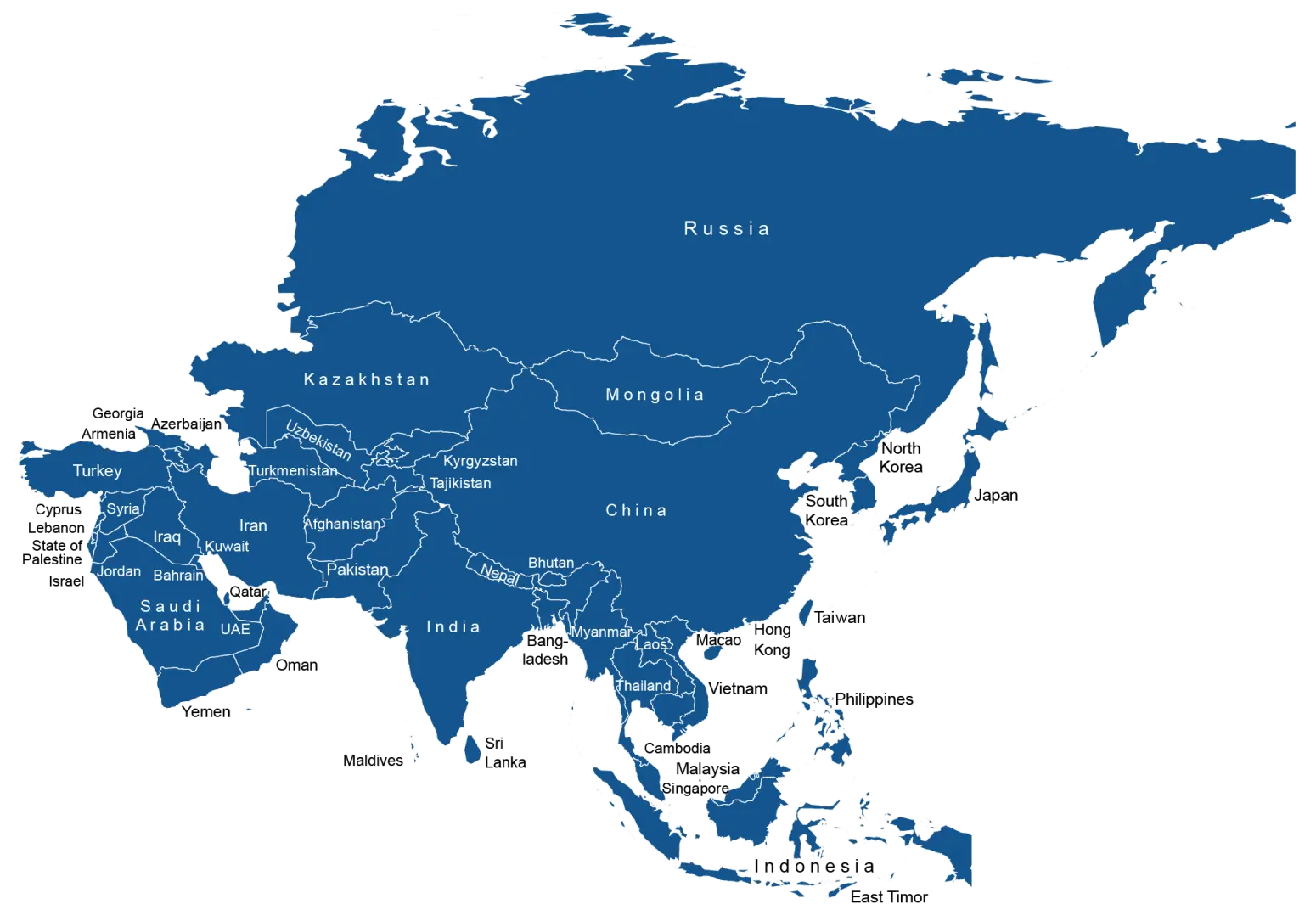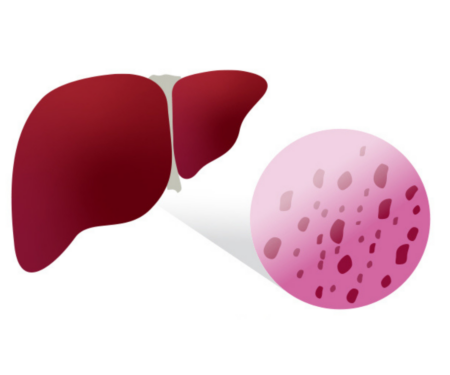Digestive Issues in Asian and Pacific Islander Population
Gastrointestinal diseases can have strong associations with certain ethnicities. Diet, genetics, and sanitation standards play a large role in the development and prevalence of many of these GI diseases.
Asian Population
Gastric cancer has one of the highest incidences in the East Asian population – Chinese, Japanese, and Korean people. It is due to environmental exposures, diet, and genetics. An infection with the bacteria H. pylori, a carcinogen, is directly linked to gastric cancer. Infection from H. pylori is more common in lower socioeconomic status as the bacteria is found in soil and typically infects and colonizes individuals in their youth. This infection can remain asymptomatic or cause abdominal pain symptoms and ulcers. Treatment can be achieved with a course of antibiotics. Identifying and treating this very common infection has caused a major decrease in the incidence of gastric cancer. However, other risk factors remain.
- Highly salted food and preserved foods, which can be found throughout Asian cuisine, affect the development of gastric cancer. High salt intake can damage the stomach lining leading to an increased susceptibility to carcinogenesis.
- Smoking also increases the risk of gastric cancer by 150%. Smokers in China, India, and Japan make up 40% of the world’s smokers.
Lab testing and endoscopy, which can be performed by your GI specialist, can identify and treat risk factors leading to gastric cancer.
Hepatitis B is still one of the most common liver viruses that affects Asians. This preventable virus continues to spread due to low resources to implement vaccination and screening programs. Hepatitis B can spread through blood exposure (sharing a toothbrush or razor), blood transfusions, and sexual exposure but many individuals are infected through vertical transmission, whereby a mother passes along the virus to their child unknowingly. Current obstetric practices routinely check the mother’s hepatitis B status during the pregnancy and treat the mother with oral medications if the viral load is high. The baby is then given a vaccination at birth, which can decrease transmission by 98-100%.
Testing for this virus is key to preventing the spread of hepatitis B. Hepatitis B, unlike other liver conditions, can cause liver cancer without progressing to cirrhosis. Due to this phenomenon, it is important to identify and treat hepatitis B infections when indicated and proceed with surveillance imaging studies of the liver when appropriate. For Asian men, this means starting a regular ultrasound of the liver starting at age 40, and for Asian women age 50.
Pacific Islander Population
The Pacific region is a loosely defined group of countries and territories that share a border with the Pacific Ocean. This region, sometimes referred to as Oceania, is diverse in its cultures, ethnicities, economic development, and living standards.
Emerging diseases in the Pacific region:
- Colorectal cancer (CRC)
The incidence rate of CRC is the highest among gastrointestinal cancers in the region, surpassing that of gastric cancer. Access to medical care and availability of screening tests, such as colonoscopy, are limited resources in areas of the Pacific region, contributing to the rise in the incidence. - Gastroesophageal reflux disease (GERD)
The use of acid suppression medications amongst indigenous people of the Pacific region has increased exponentially, indicating an increase in the incidence of acid reflux. Obesity and diet appear to be the two biggest risk factors. - Inflammatory bowel disease (IBD)
IBD, traditionally a disease in Western countries, has been rising in the Pacific region. Costs of management and medications may become a burden, leading to worse outcomes. - Nonalcoholic fatty liver disease
Obesity and diabetes have consistently plagued the Pacific region over the past decades. Fatty liver disease, or metabolic-associated fatty liver disease, is frequently associated with these medical conditions and as in the USA, the prevalence of fatty liver disease continues to become the leading cause of liver disease in this population.
Colon cancer, gastric cancer, hepatitis B, reflux, inflammatory bowel disease, and fatty liver disease have a higher prevalence in the Asian-Pacific communities. The conditions can be preventable, treated, or managed with specialized care. Some of the conditions may be asymptomatic until severe disease has developed. At that time, successful treatment or complete cure may not be achievable.
As the saying goes, “An ounce of prevention is worth a pound of cure.”
By: Dr. Christopher Jue
He works at our Kernersville and Tanglewood locations.
Learn more about him here: https://digestivehealth.ws/provider/christopher-t-jue-md/
Digestive Health Specialists, PA is here to help if you, or someone you know, would like more information, or if you are experiencing any digestive health symptoms and would like further evaluation. Feel free to give us a call at 336-768-6211 or fill out the form below.











